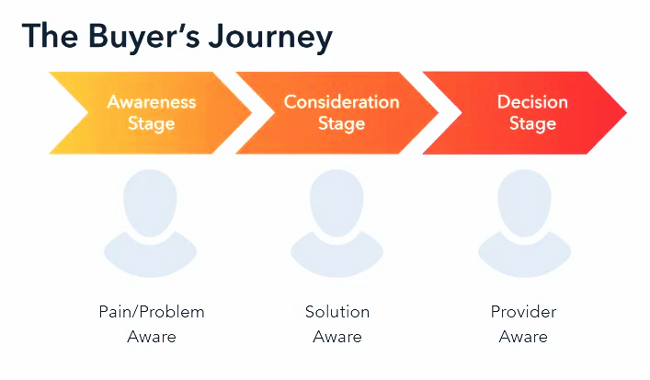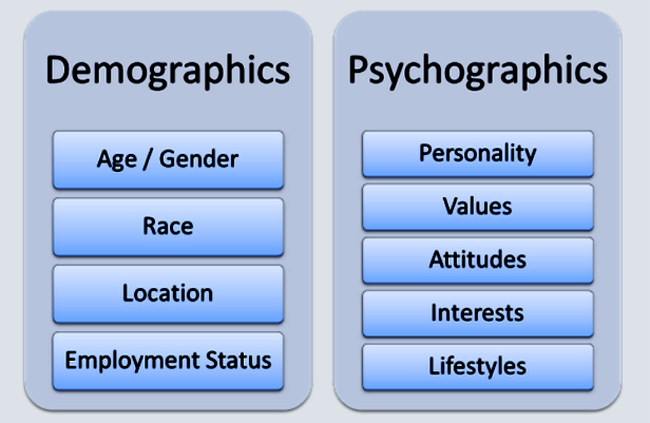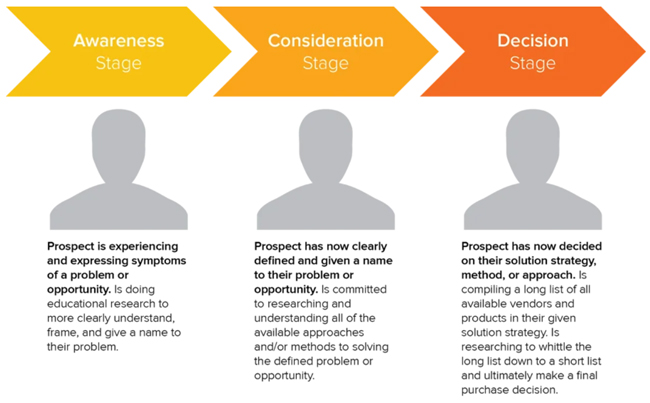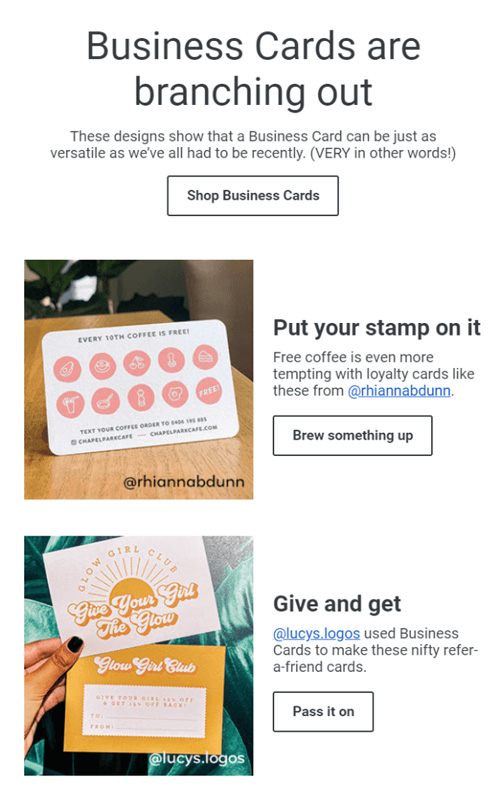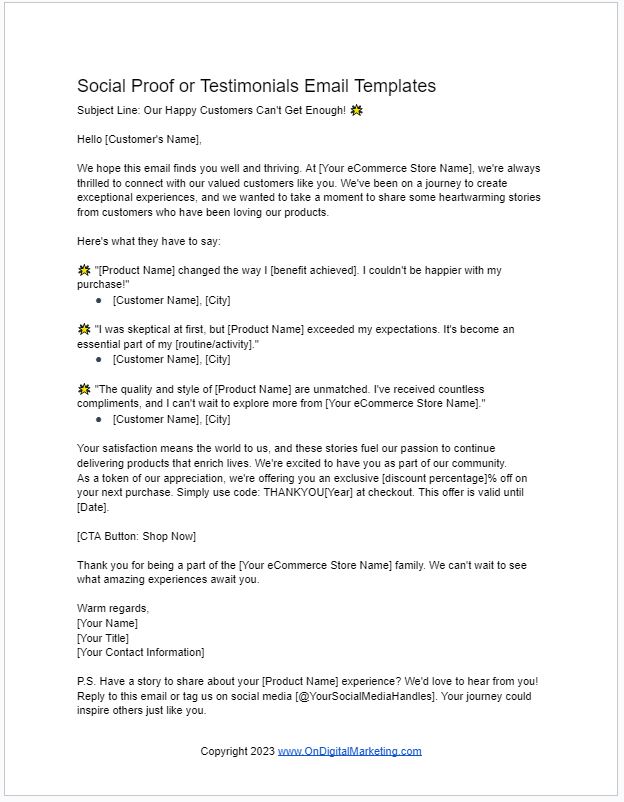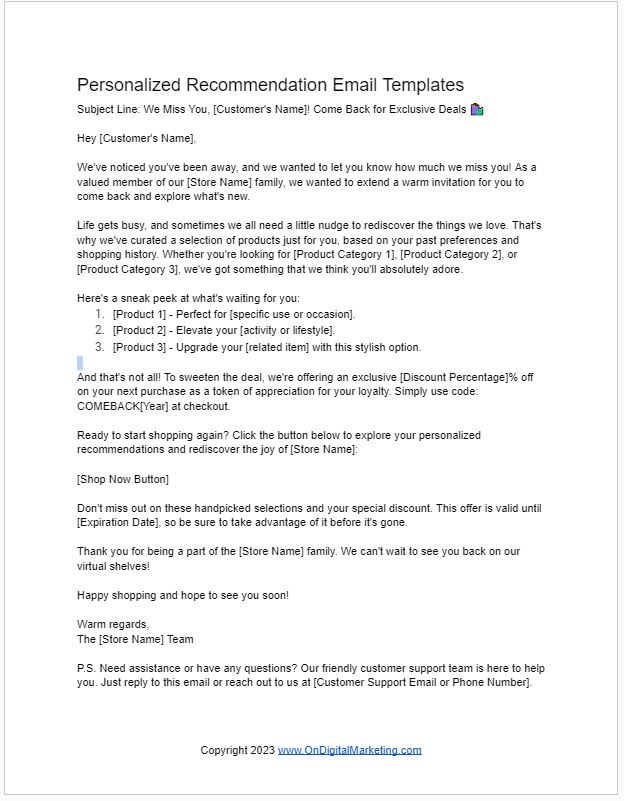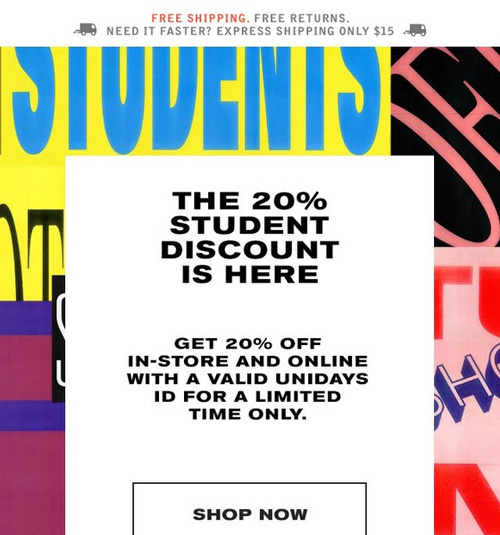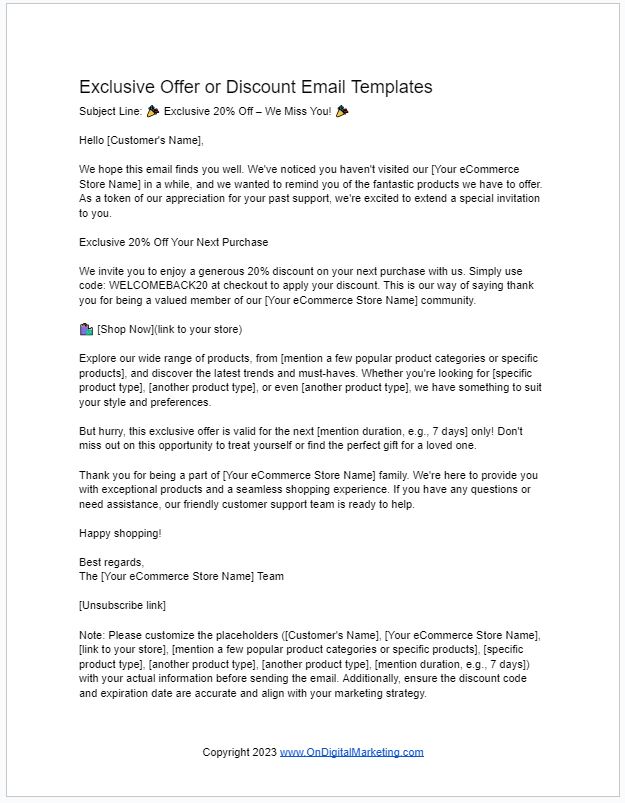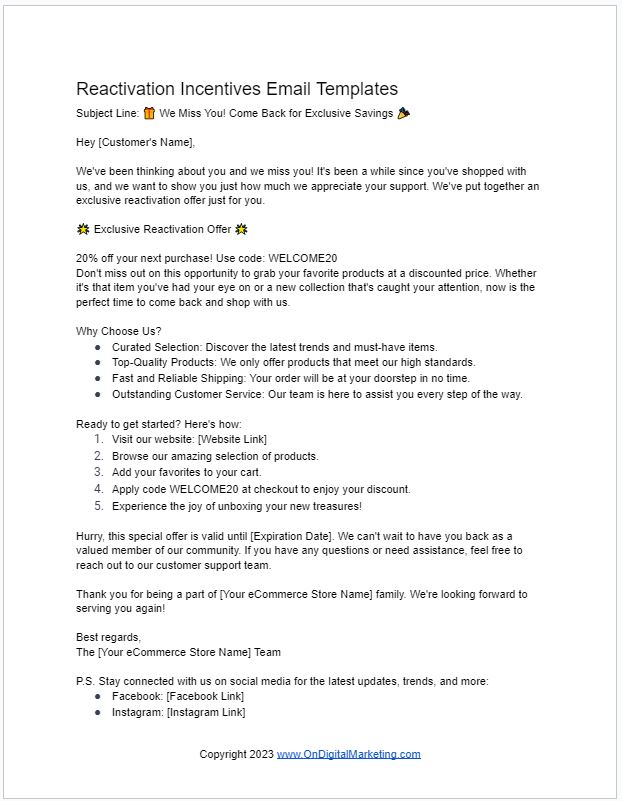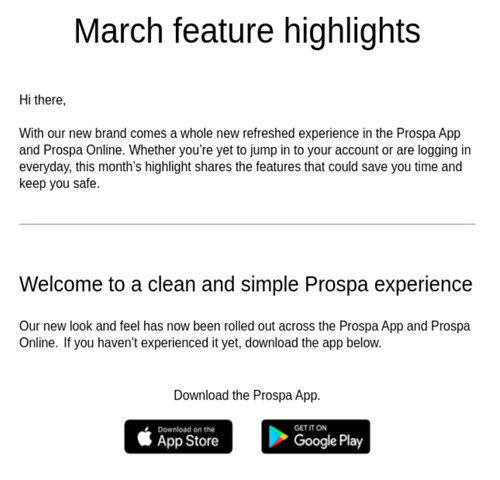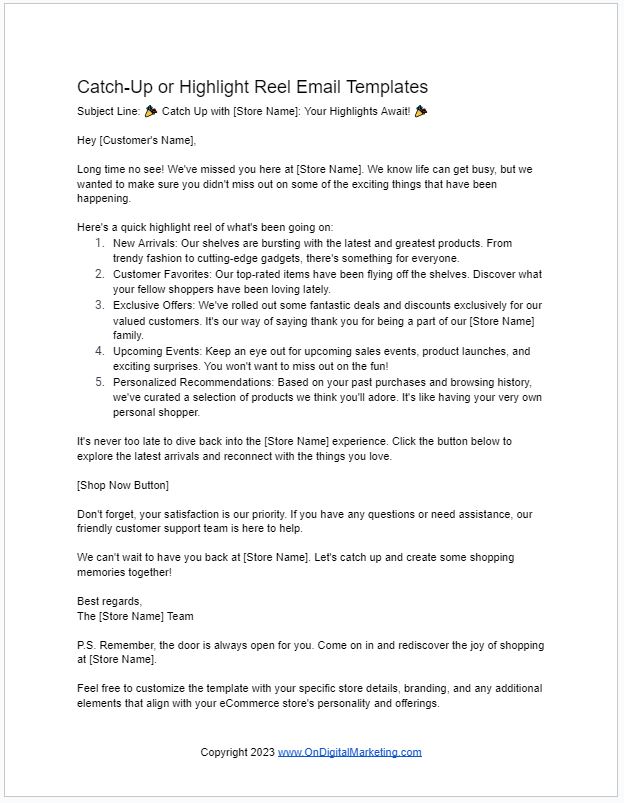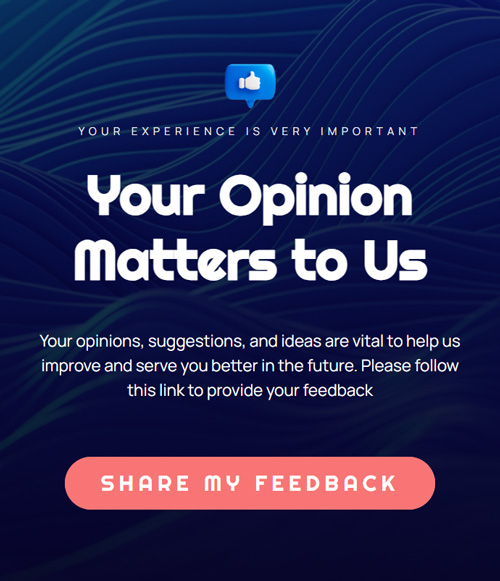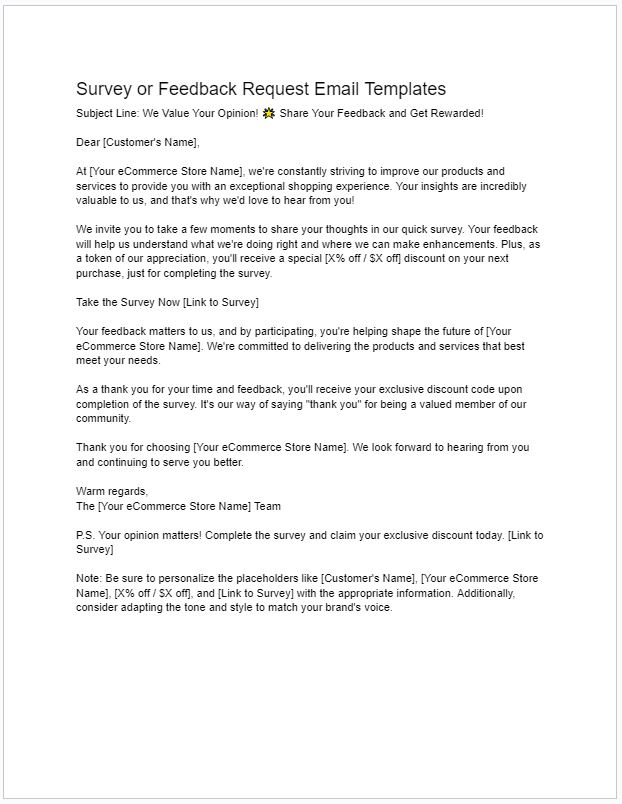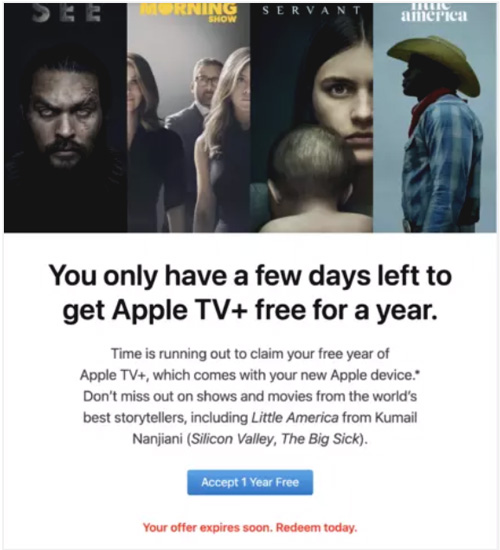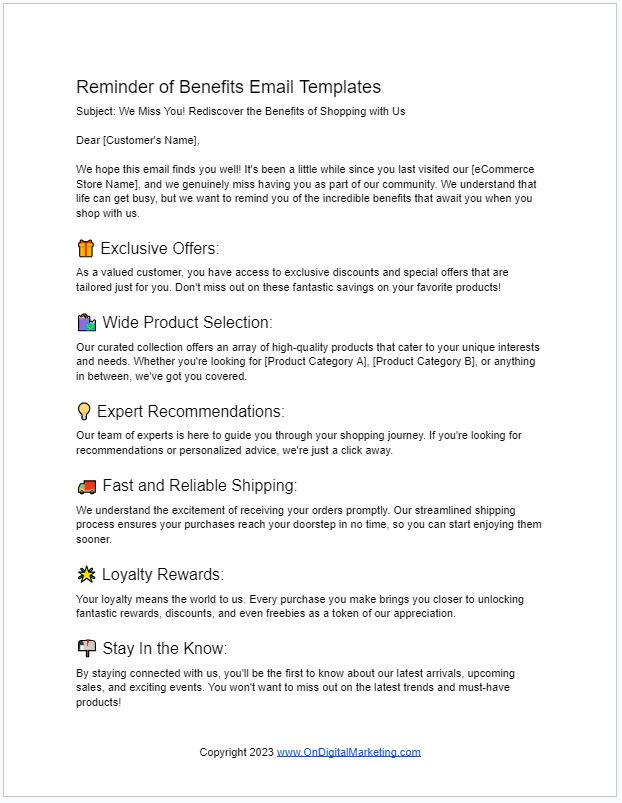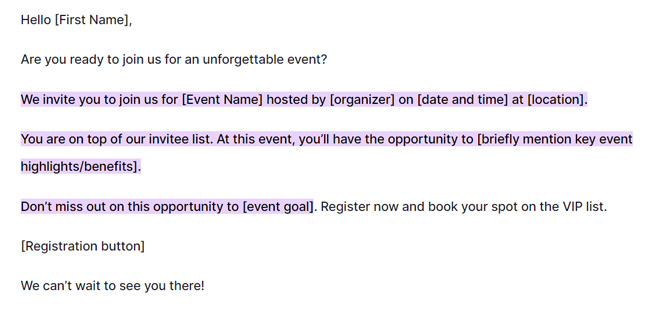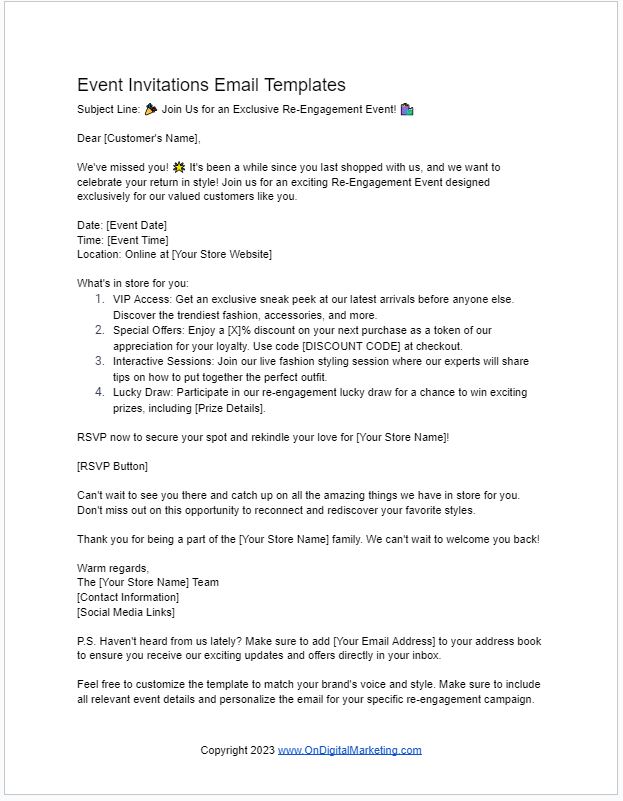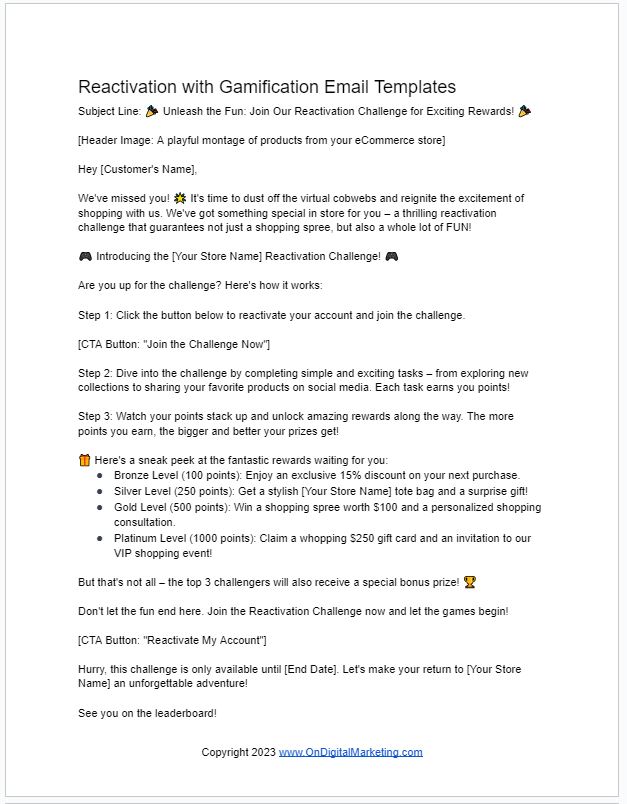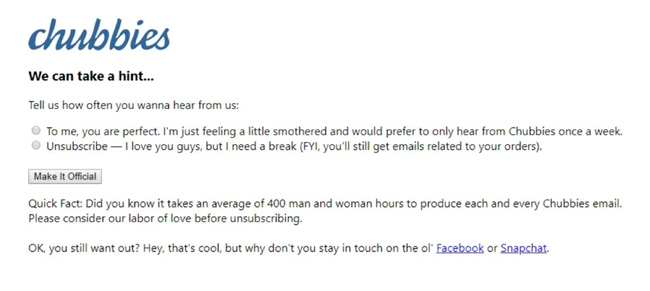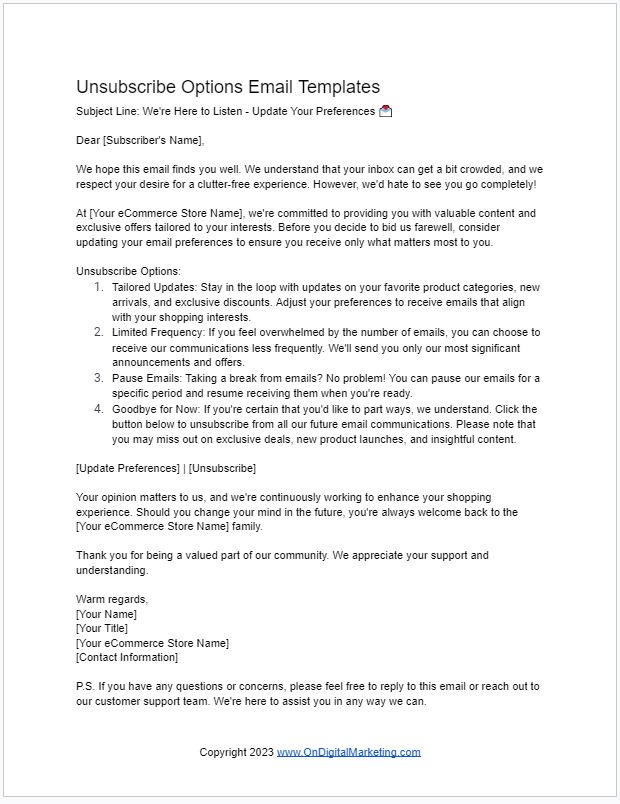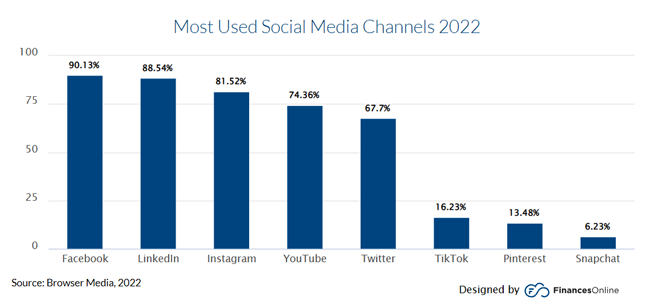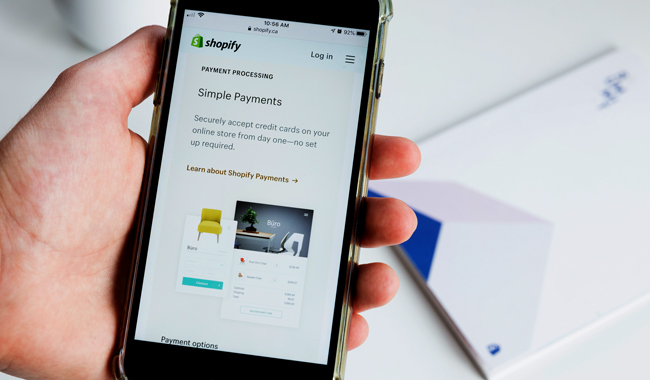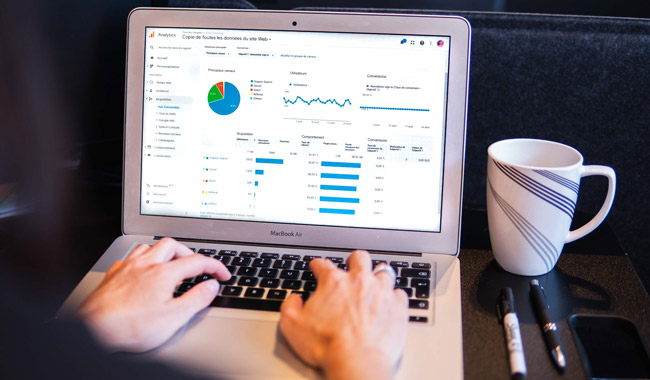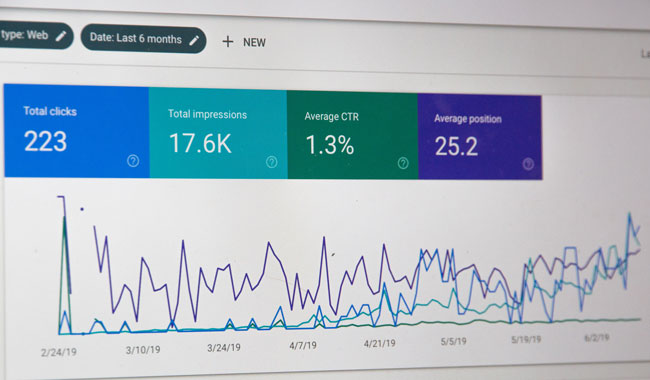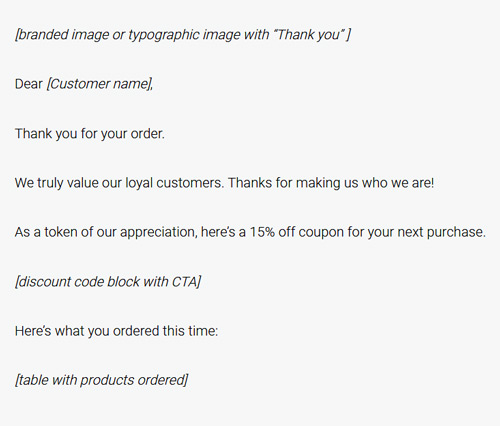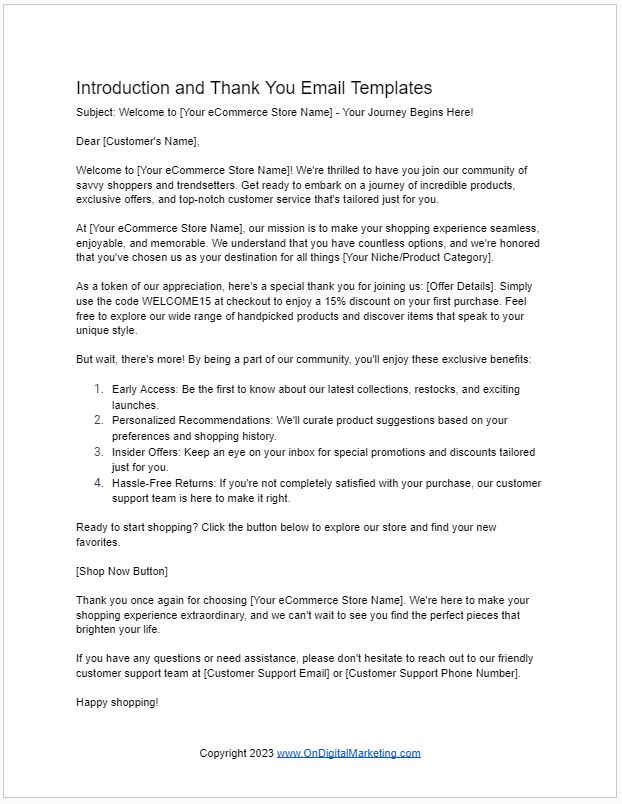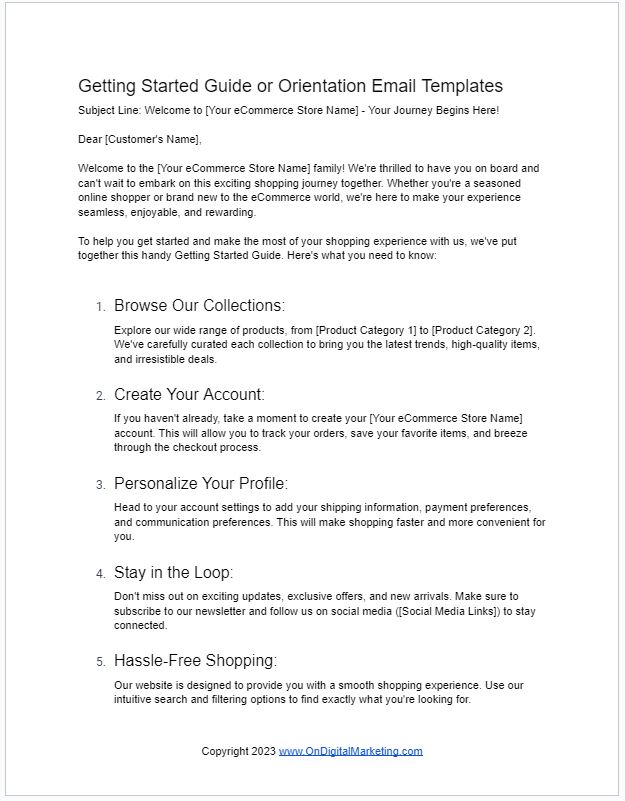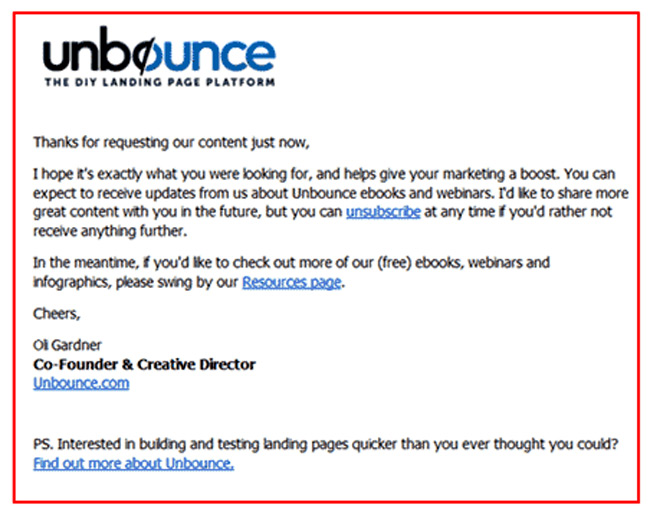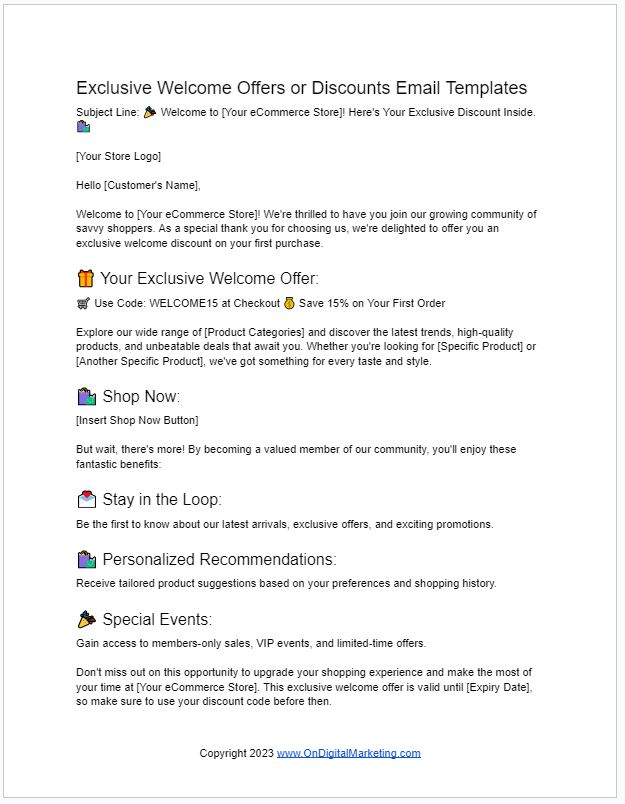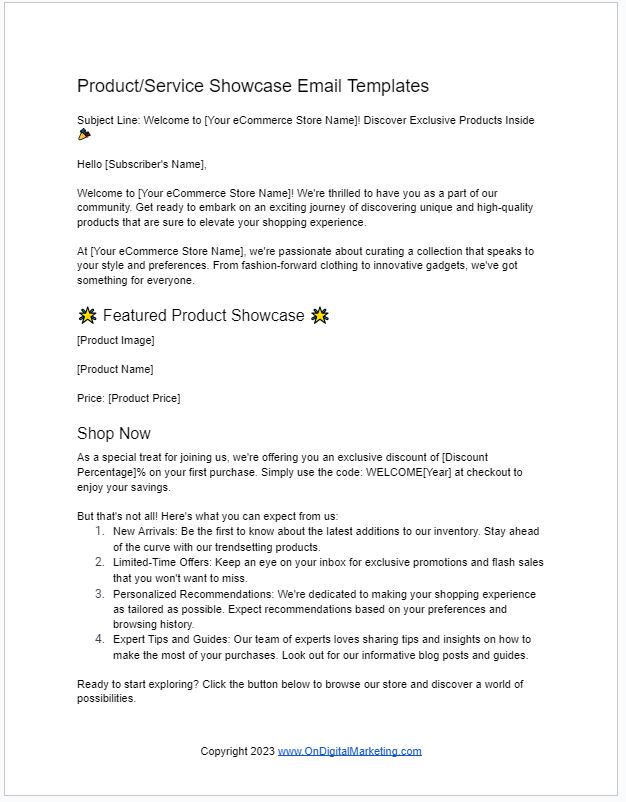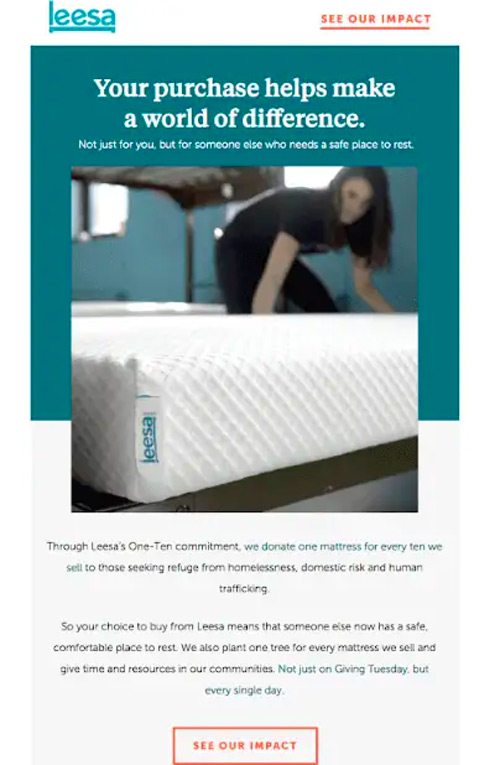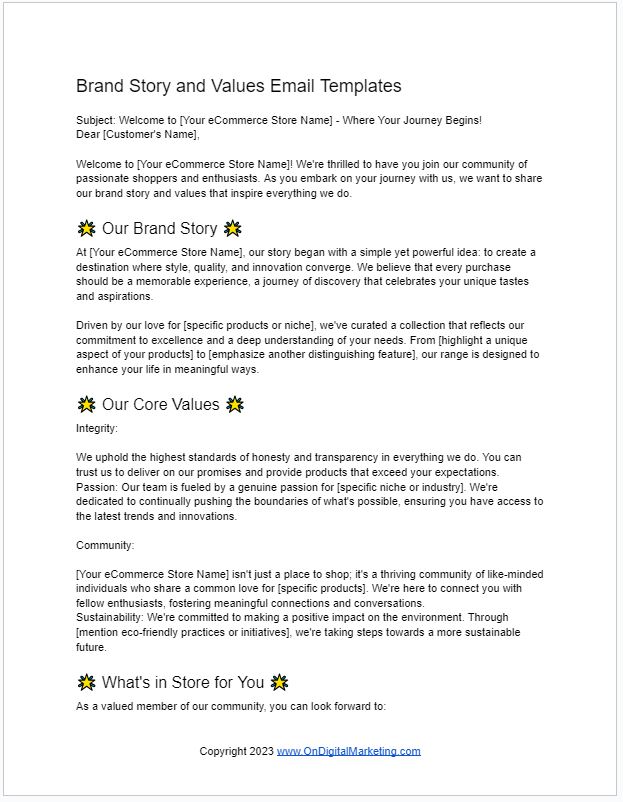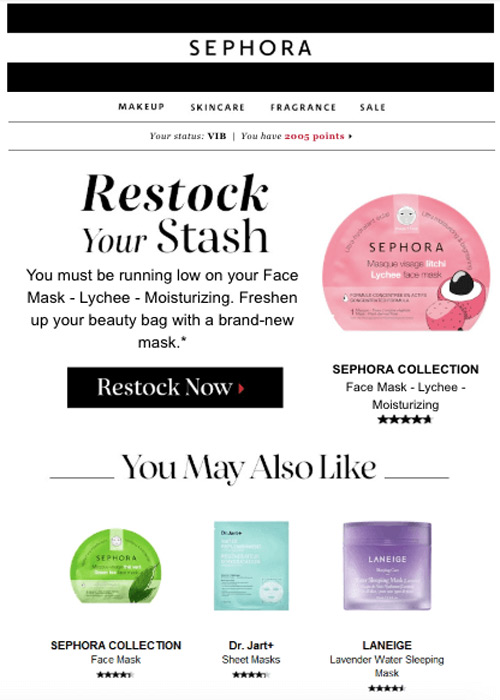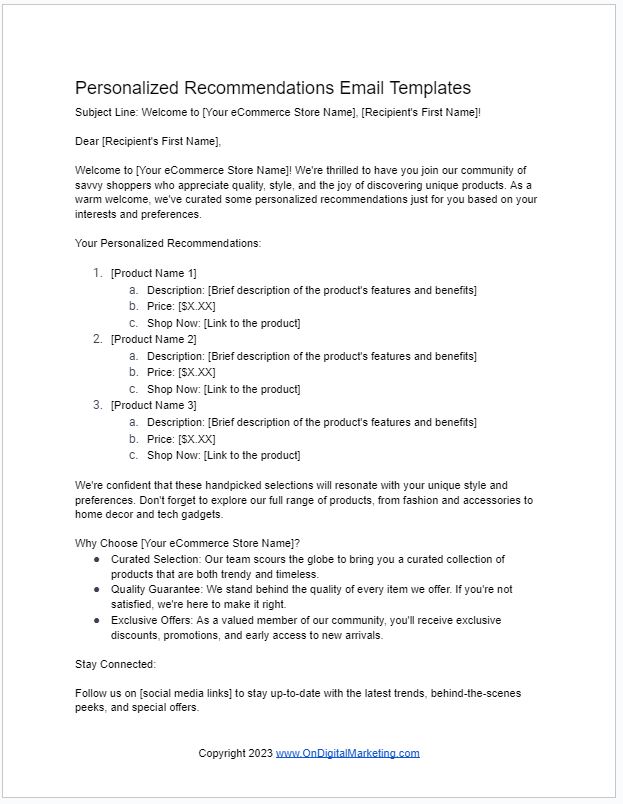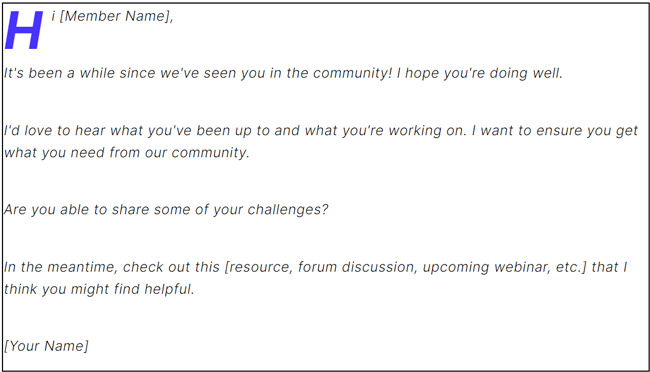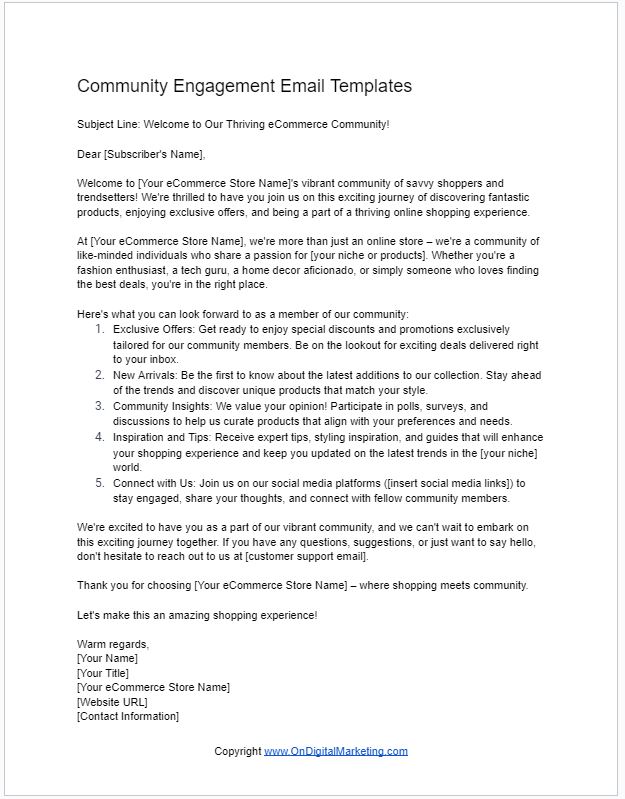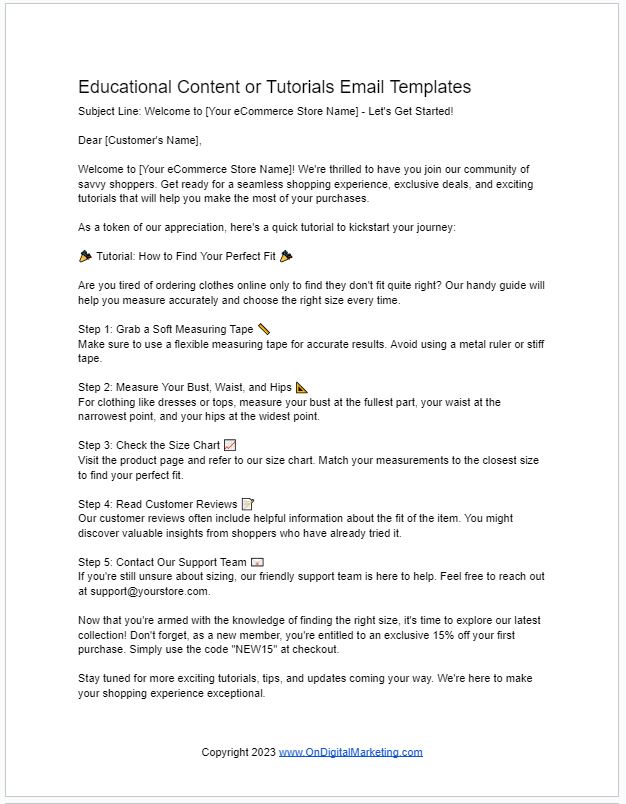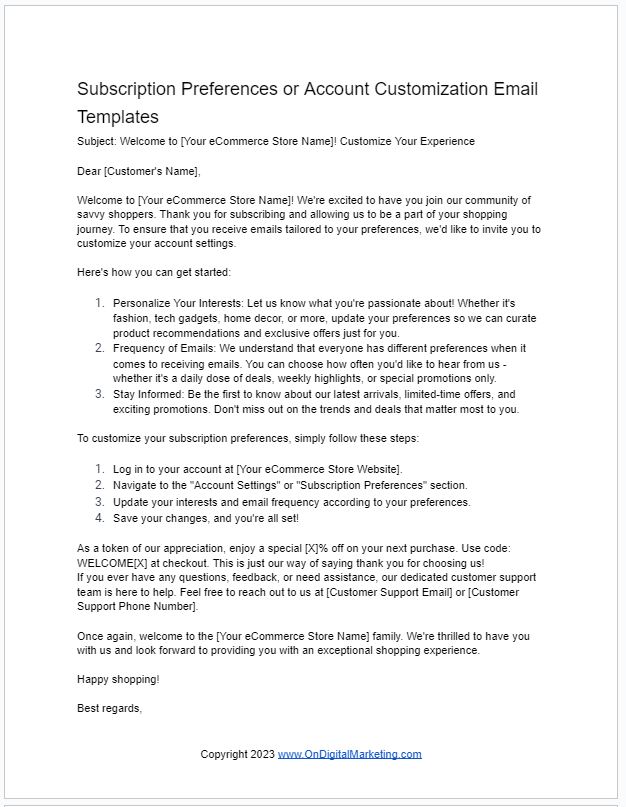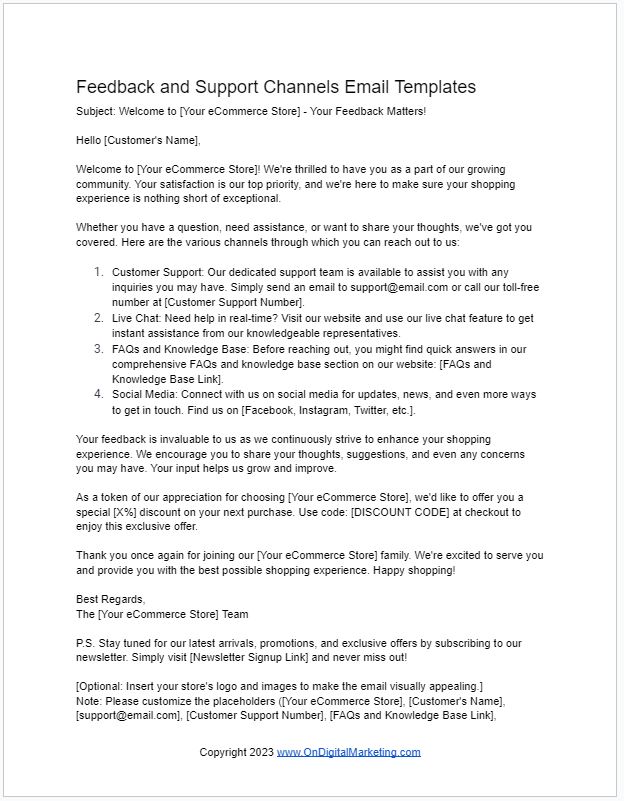Attention.
If you’re ready to receive the respect of your peers, bosses, and everyone around you…
If you want to be known as the only person who handles every email job efficiently and effectively, then you’ve come to the right place.
Today, we’re going to look at a comprehensive guide to email marketing, laden with valuable insights, resources, and examples to help you elevate your email marketing to new heights.
We’ll also cover:
- How to convert strangers into loyal customers
- How to calculate email engagement metrics to determine the best areas to focus your marketing efforts
- How the real estate industry personalizes email campaigns according to the customer journey to close high-ticket sales
Let’s set you well on your way toward email marketing success, shall we?
Email Basics & Best Practices
“You can’t build a great building on a weak foundation. You must have a solid foundation if you’re going to have a strong superstructure.”
— Gordon B. Hinckley
In the same way that you can’t construct a towering skyscraper on a feeble foundation, you can’t expect to create a successful and impactful email marketing campaign without first establishing a robust understanding of its basics and best practices.
Familiarizing yourself with email marketing basics sets the groundwork for effective communication, engagement, and ultimately, achieving your marketing goals.
Just as a weak foundation compromises the stability and success of a building, neglecting the fundamentals of email marketing leads to ineffective campaigns and missed opportunities for building strong connections with your audience.
Let’s take a look at some essential tips and strategies to enhance the effectiveness of your email marketing efforts:
The Importance of an Effective Subject Line and Pre-header
- Crafting a compelling subject line: The subject line is usually what determines whether or not a client will open your email.
As such, it’s crucial that you perfect writing a subject line that’s concise, piques curiosity, and creates a sense of urgency—all without sounding too promotional. This delicate art requires comprehensive guidance and finesse to perfect. - Utilizing a captivating pre-header: The pre-header complements the subject line and provides a preview of what the email contains.
With the increasing use of mobile devices for checking emails, pre-headers play a crucial role in mobile optimization. They’re often displayed alongside the subject line in mobile email clients, offering additional visibility and context.
Crafting a Compelling E-blast
- Understand your audience: At OnDigitalMarketing we have one primary rule, “Know thy user.”
There’s no better way to understand your audience than applying design thinking principles to tailor your messaging and offer relevant content to specific segments of your email list. - Define your goal: After you’ve defined your audience’s wants and needs you need to clearly define the objective of your e-blast.
Are you trying to promote a product, announce an event, share valuable content, or drive traffic to your website? Understanding your goal will help shape the content and call-to-action (CTA) of the email. - Engaging content: Nothing beats straight to the point content that’s focused, concise, and visually appealing. Using bullet points to dole out benefits ensures skimmers get the most out of your emails.
Additionally, include intriguing headlines, subheadings, and creative visuals to break up the text and make the email easy to scan.
Best Practices for Email Newsletters
- Consistency and frequency: Maintain a regular schedule for sending newsletters to keep your subscribers engaged. Consistency helps build anticipation and trust with your subscribers.
Try to send one once a week, bi-weekly, or monthly, at the same time to make it easy for your subscribers to predict when they can expect a fun read next. - Provide value-added content: Deliver valuable and informative content in your newsletter that resonates with your audience.
Mix educational or entertaining articles, tips, industry insights, and relevant news with occasional promotions or offers. Remember not to overwhelm subscribers with too many sales-focused messages. - Incorporate clear calls-to-action: From start to finish, your email must be crafted to lead your readers towards desired actions, such as visiting your website, making a purchase, or engaging with your social media channels.
Use visually appealing buttons or text links strategically placed throughout the email to encourage click-throughs.
With the foundations down, you’re sure to launch and execute successful email marketing campaigns.
Overall, a solid foundation in email marketing best practices empowers your business to connect with your audience, drive engagement, and achieve their marketing goals effectively.
If you’re interested in exploring more of this topic, take a look at these email basics & best practices resources:
- Email Pre-Headers: The Key to Higher Open Rates (OnDigitalMarketing)
- Email Basics – Introduction to Email (GCF Global)
- Email capture: Best practices + software you need (Omnisend)
- Newsletter Best Practices: Boost Engagement & Subscribers (OnDigitalMarketing)
- Email Marketing: The Ultimate Guide (+ Expert Tips) (HubSpot Blog)
- Email Capture Landing Page: Examples + Tips To Make Lead Gen Easy (PageFly)
- 10 Examples of Best Email Capture Landing Pages Made to Convert (Taboola Blog)
Understanding and Improving Email Deliverability
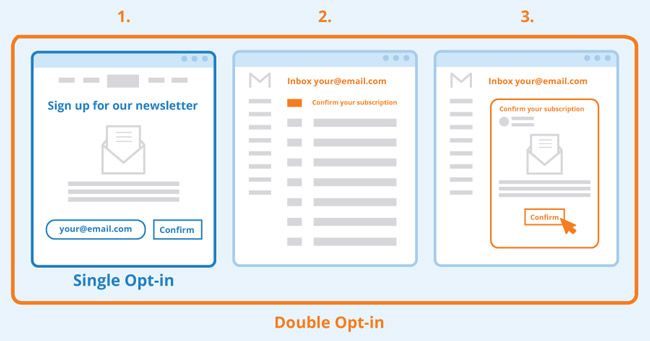
You spend copious amounts of time ensuring that you put together a brilliant email for your customers, but what if it never reaches them?
What if it goes straight into spam jail and there’s no chance of your recipient ever discovering or reading its juicy insights?
Email deliverability is a crucial aspect of email marketing campaigns. It refers to the ability of an email to successfully reach the recipient’s inbox without being flagged as spam.
Poor email deliverability can significantly impact the success of your email marketing campaigns in the following ways:
- Landing in the spam folder leads to lower open rates, reducing the overall reach and effectiveness of your email marketing campaign
- If recipients don’t see your emails in their primary inbox, they are less likely to interact with the content and take the desired actions
- Consistently ending up in spam folders or sending irrelevant content will harm your sender’s reputation
To enhance email deliverability, it’s crucial to grasp the concepts of hard bounce and soft bounce.
A hard bounce occurs when an email is permanently rejected due to an invalid or non-existent email address.
On the other hand, a soft bounce is a temporary delivery failure, often caused by a full inbox or a technical issue on the recipient’s side.
Here are some actionable email marketing strategies that will help improve your deliverability:
Building a Clean and Engaged Email List
The first rule for building a clean email list is to always obtain explicit permission from individuals before adding them to your email list.
Offer clear and transparent opt-in methods, such as a subscription form on your website, where users willingly provide their email addresses to receive updates, newsletters, or special offers.
Additionally, regularly clean your list by removing invalid or inactive email addresses. Use email verification tools to check for invalid or misspelled addresses.
Segmenting Your Email List
According to a study conducted by Campaign Monitor, marketers found a 760% increase in email revenue due to segmentation.
Segmentation allows you to send targeted and relevant content to specific groups of subscribers. When you tailor your emails to match their interests and preferences, they are more likely to engage with your messages and take desired actions.
Moreover, email providers often consider engagement metrics, such as open rates and click-through rates, when deciding whether to deliver emails to the inbox or redirect them to spam or promotions folders.
By sending content that resonates with your segmented audiences, you enhance the chances of your emails reaching the primary inbox, thereby improving deliverability.
Implementing Double Opt-in
With double opt-in, subscribers must confirm their intention to join your email list by taking another step after submitting their email address.
This extra confirmation ensures that the email addresses provided are valid and owned by the individuals who intend to receive your emails.
As a result, your list is less likely to contain fake or mistyped email addresses, reducing the number of hard bounces and improving your sender’s reputation.
You might even take it a step further and ask your subscribers to reply to the email with a hello or to inform you of the type of emails they prefer receiving from you to make the experience more personal.
To help you grasp these concepts more concretely, here is a list of web pages to supplement these teachings:
- Tackling Email Bounce Back to Improve Deliverability (OnDigitalMarketing)
- Improve your email deliverability with these 7 tips (Zapier)
- Hard Bounce Email: Mitigate & Recover Your Sender Reputation (OnDigitalMarketing)
- 15 Best Tools to Improve Your Email Deliverability (MailCon)
- 8 best practices to improve email deliverability (MailerLite)
- Ultimate Email Deliverability Guide: 21 Ways to Improve Deliverability (Wishpond Blog)
- Top 10 Email Marketing Tools with Impressive Deliverability Features (Mailtrap)
Conversion Optimization in Email Marketing
The overarching goal of every email marketing campaign is to strategically guide recipients through your email funnel, from initial lead generation to nurturing and ultimately converting them into loyal customers.
The most effective way to enhance the success of your email marketing campaigns is to employ the following email conversion optimization techniques throughout the customer journey:
Compelling Lead Magnets
To begin, focus on generating and nurturing email leads. Lead magnets are valuable resources or offers that you provide to users in exchange for their email addresses.
They address a specific pain point or offer a solution to a problem your target audience faces. Examples include e-books, whitepapers, templates, webinars, free trials, or exclusive discounts.
The key is to offer something that is highly relevant and valuable to your audience to entice them to subscribe.
Additionally, it’s also best practice to create dedicated landing pages that highlight the benefits of the lead magnet, use persuasive copy, and have a clear and prominent call-to-action (CTA) for subscribing.
Understanding the Email Funnel
There’s a distinct type of message that’ll resonate with different people at different points of your email funnel. For instance, at the top of the funnel are potential customers who may not be familiar with your brand.
It doesn’t make sense to start selling to them directly without building a relationship with them first. Instead, use engaging content and educational materials to capture their attention and encourage them to subscribe to your email list.
Understanding where a prospect is on their customer journey will give you the relevant insights you need to categorize them in the right place of an email funnel.
Experimenting with Different Email Elements
First and foremost, test different subject lines to determine which ones resonate best with your audience. Use A/B testing to compare open rates and choose subject lines that generate higher engagement.
Secondly, use persuasive language to communicate the value of your offer and how it caters to the recipient’s needs. Ensure that your copy is concise, clear, and focused on the main message.
Lastly, measure the click-to-open rate (CTOR) by dividing the number of clicks by the number of unique opens and multiplying it by 100.
Take it a step further by testing different emails and determining the one with the highest CTOR and aligning your content and design with recipients’ interests and preferences.
Implementing effective lead generation strategies, utilizing the email funnel, and monitoring key metrics such as CTOR will help you optimize your campaigns for maximum conversions.
Looking for more in-depth articles with step-by-step guides on conversion optimization in email marketing? Here you go:
- Click to Open Rate: Unlock Email Campaign Success (OnDigitalMarketing)
- Conversion Rate Optimization (CRO): 8 Ways To Get Started (HubSpot Blog)
- Email Marketing 101: Optimizing For Higher Conversions (VWO)
- Email Leads: Generate & Nurture for Higher Conversions (OnDigitalMarketing)
- 10 Tips for Optimizing Email Marketing Conversions (Segmentify)
- Boost your conversion rate with these 7 strategies (Mailjet)
Deep Dive Into Email Nurturing and Retargeting
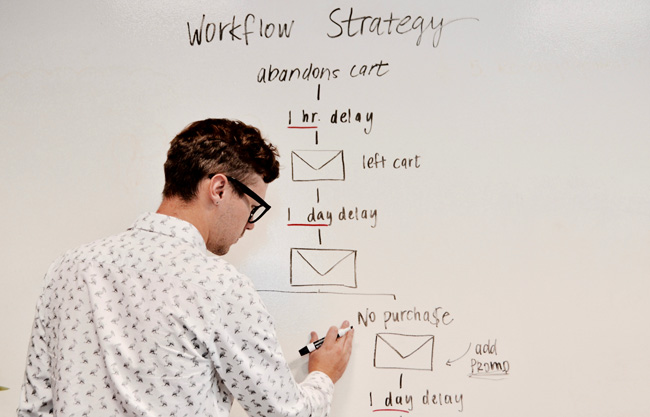
In this extremely competitive business landscape, you’ll have to leverage all the techniques available in your arsenal to generate leads and nurture them into loyal customers to achieve long-term success.
Email nurturing involves strategically guiding subscribers through their customer journey, building trust, and strengthening engagement.
It focuses on building strong relationships with leads by providing value, being helpful, and showing empathy for their needs and pain points. Email nurturing typically involves:
- Educating and informing: Nurturing emails are educational in nature, providing leads with valuable and informative content.
Typically, they include blog posts, guides, videos, case studies, webinars, or industry insights with links to more in-depth resources that take the customer deeper and deeper into your email funnel.
By addressing leads’ pain points and offering solutions, you establish your brand as an authority and build credibility. - Drip campaigns: This is a common approach in email nurturing, where a series of pre-planned emails are sent at specific intervals to guide leads through the nurturing process.
Each email in the series builds upon the previous one, providing incremental value and guiding leads through the buyer’s journey.
They’re triggered by specific actions or behaviors, such as signing up for a webinar, visiting specific website pages, or opening previous emails. - Calls-to-action (CTAs): Nurturing emails strategically include CTAs that encourage leads to take specific actions, such as scheduling a demo, requesting a quote, or signing up for a webinar.
Well-crafted CTAs guide leads toward conversion while respecting their readiness to proceed. They are also clear and specific, leaving no room for confusion.
Email retargeting, on the other hand, is a marketing strategy that involves sending targeted emails to individuals who have previously engaged with your brand but have not completed a specific action, such as making a purchase, or completing a form.
To ensure effective email targeting, use data collected from website visits, previous email interactions, or other interactions with your brand to segment your audience.
Based on this data, create customized email campaigns designed to re-engage and encourage these warm leads to take the desired action. Here are some key considerations to make when curating retargeting campaigns:
- Segment lost customers: Segment your list of lost customers based on the reasons they stopped engaging with your brand.
For example, some customers may have abandoned their carts, while others may have stopped making purchases altogether.
Segmenting allows you to tailor your messaging and offers specifically to address each group’s needs and reasons for disengagement. - Personalize content: Use the data you have on each lost customer to personalize your email content.
Address them by name and reference their past interactions with your brand. Personalization helps create a more meaningful connection and shows that you value their past engagement. - Rekindle interest: Craft your emails to rekindle interest in your products or services. Showcase new products, exclusive offers, or improvements that might pique their curiosity and encourage them to return.
Highlight the benefits and unique selling points of these offerings and throw in an enticing discount to capture their attention and curiosity.
By mastering the art of email nurturing and retargeting, you’re able to maximize the potential of your subscriber list and foster stronger connections with your audience.
The web pages listed below go into the specifics of email nurturing and retargeting:
- Email Nurturing: Cultivate Strong Customer Relationships (OnDigitalMarketing)
- 19 Lead Nurturing Email Examples You’ll Want to Steal (HubSpot Blog)
- 12 Lead Nurturing Email Examples to Create a Winning Campaign (Sendlane)
- Email Retargeting: Re-engage & Convert Lost Customers (OnDigitalMarketing)
- Email Retargeting: What It Is and How It Works (Campaign Monitor)
- 5 Examples of Email Remarketing Campaigns to Get Inspiration From (AB Tasty)
Industry-Specific Email Marketing Practices
The lingo used across different industries varies. For instance, in the digital world, a cookie is a small piece of data stored on a user’s computer by a website to remember information about the user’s visit.
On the other hand, in the culinary world, a cookie is a sweet baked treat typically made from flour, sugar, eggs, and butter. The context of these terms is what makes them different.
In the same manner, email marketing strategies vary significantly depending on the industry you’re operating in.
Each industry has its unique characteristics and target audience, requiring tailored approaches to achieve optimal results.
As a matter of fact, it’s important for you as a marketer to understand specific best practices in your industry that’ll help you develop effective email campaigns that resonate with your audience and drive conversions.
One industry that exemplifies the importance of industry-specific email marketing practices is the real estate sector. In the real estate industry, email marketing serves as a powerful tool for boosting property sales and engaging with potential buyers.
To illustrate, picture yourself as a potential homebuyer who comes across a website that offers you the option to subscribe to their email list.
Intrigued, you sign up, eager to receive more information about properties that align with your preferences.
Shortly after subscribing, there’s a well-crafted welcome email from the real estate agency in your inbox.
It warmly introduces you to their services, invites you to explore their latest property listings, and provides a glimpse of what’s to come. This personalized welcome sets the tone for a delightful journey ahead.
Over the following weeks, you start receiving a series of visually stunning and informative emails that showcases different properties, highlighting their unique features, and amenities using captivating visuals.
Surprisingly, they even include 360-degree virtual tours that give you an immersive experience, making you feel like you’re walking through the properties yourself.
With time, you notice the real estate agency’s attention to detail. Their emails are tailored to your location preferences, budget range, interactive property maps, and mortgage calculators.
You receive relevant and targeted content that speaks directly to your needs, instilling a sense of trust and confidence in the agency’s understanding of your requirements.
Furthermore, as you click on the various property links and engage with the content, the real estate agency’s email marketing platform takes note of your actions.
Based on your interactions, you receive personalized follow-up emails, featuring similar properties or exclusive offers tailored to your preferences. The personalization makes you feel seen and valued as a potential buyer.
When you finally sign up to get a house tour, the real estate agent who takes you on the tour almost feels like an old friend because they use the same friendly demeanor and portray the same in-depth knowledge they did in the emails.
Impressed by the overall experience, you decide to make an offer on the property.
The personalized, informative, and visually engaging emails kept you primed, informed, and excited about the possibilities by showcasing the properties in the best light, leaving a lasting impression.
By understanding and implementing industry-specific email marketing practices, you’re able to effectively connect with your target audience and achieve higher engagement and conversion rates in your email campaigns.
For a deeper breakdown of different industry-specific email marketing best practices, click through to the following web pages:
- Email Marketing for Real Estate: Boost Property Sales (OnDigitalMarketing)
- Email marketing by industry (MailerLite)
- How marketing emails can improve any industry (Mailjet)
- Email campaign ideas—built for your industry (Constant Contact)
Deciphering Email Engagement Metrics
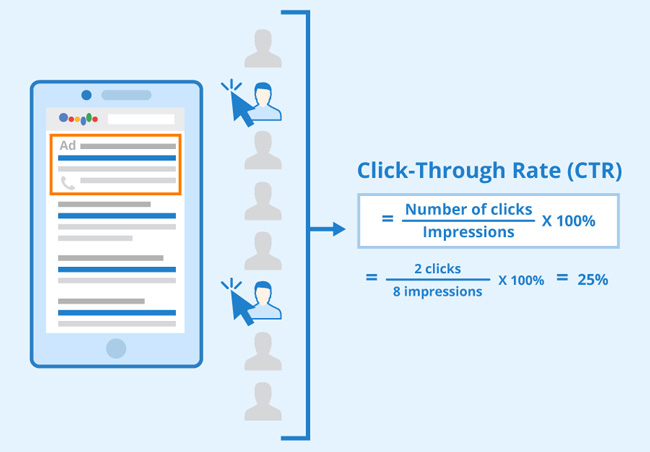
CTOR, CTR, CTO…
No, these are not NASA launch codes; they’re email engagement metric abbreviations.
Although they may sound intimidating and complex at first, with time, they’ll become second nature to you.
As a savvy email marketer, understanding and analyzing key email engagement metrics is crucial to evaluating the success of your campaigns.
These metrics provide valuable insights into the performance of your emails and help you make data-driven decisions for future optimizations.
Today, we’ll dive into two very crucial email marketing metrics that’ll help you determine which email marketing strategies are working and which ones aren’t:
Open Rate Formula
One of the fundamental metrics to monitor is the open rate, which measures the percentage of recipients who open your emails.
Imagine you sent out an email campaign to 500 subscribers, and the email marketing platform you used reported that 300 of those emails were opened by recipients.
To calculate the email open rate, follow these steps:
- Determine the number of emails opened. In this case, let’s assume that 300 emails were opened.
- Note down the number of emails you sent out. 500.
- Calculate the open rate percentage using the formula.
Open Rate Formula = (Number of emails opened / Total number of emails sent) x 100
Open Rate = (300 / 500) x 100
Open Rate = 0.6 x 100
Open Rate = 60%
So, the email open rate for this campaign is 60%.
The open rate is a crucial metric that indicates how engaging and relevant your email campaign was to your audience.
A higher open rate suggests that your subject lines and content are resonating with subscribers, while a lower open rate may indicate the need for improvements in your email marketing strategy.
Click-Through Rate
Additionally, click-through rate (CTR) is a vital metric that measures the percentage of recipients who clicked on a link within your email.
CTR provides insights into the effectiveness of your email content, call-to-action buttons, and overall campaign performance.
A higher CTR indicates that your email content resonates with the audience and motivates them to take action.
Suppose you sent out an email campaign to 800 subscribers, and within that campaign, 200 recipients clicked on the links or CTAs (calls-to-action) included in the email.
To calculate the click-through rate, follow these steps:
- Determine the number of clicks.
Number of clicks = 200
- Confirm the total number of emails sent.
Total number of emails sent = 800
- Calculate the click-through rate percentage.
Click-Through Rate Formula = (Number of clicks / Total number of emails sent) x 100
Click-Through Rate = (200 / 800) x 100
Click-Through Rate = 0.25 x 100
Click-Through Rate = 25%
So, the email click-through rate for this campaign is 25%.
The click-through rate is a critical metric that measures how effective your email was in driving engagement and encouraging recipients to take action.
A higher click-through rate indicates that your email content and CTAs are compelling and relevant to your audience, while a lower click-through rate may suggest the need for optimization and improvements in your email marketing strategy.
Let’s delve into a few articles that provide more information about deciphering email engagement metrics:
- Open Rate Formula: Understanding Email Engagement Metrics (OnDigitalMarketing)
- The Email Engagement Metrics You Should Really Be Paying Attention To (Kickbox Blog)
- How to Measure Email Engagement with the Right Marketing Metrics (Email on Acid)
- Email metrics explained: Understanding email performance (Mailgun)
- Email Analytics: The 8 Email Marketing Metrics & KPIs You Should Be Tracking (HubSpot Blog)
The Sky’s the Limit When It Comes to Email Marketing
Success in email marketing is not just a matter of luck; it requires educating yourself on the best practices for email marketing and putting them into action.
It’s as simple as segmenting your email list, crafting compelling subject lines and e-blasts, and optimizing email deliverability and conversion rates.
Throughout this guide, we have explored the importance of email nurturing, retargeting, and industry-specific practices. Additionally, we delved into deciphering key email engagement metrics to accurately measure success.
At OnDigitalMarketing, we provide tactical and real-world education from the trenches of modern eCommerce and digital marketing. As a matter of fact, our tried and true methods and IP drove a whooping $350M for clients last year in revenue.
In addition, everything we teach in academia across three undergraduate and graduate universities goes through an in-depth and intense peer review from third-party experts to ensure that our methods are up to industry standards.
If you’re interested in learning more about email marketing, make sure to click the links provided throughout the entire article to discover more in-depth pieces that explain this concept extensively and cohesively.



